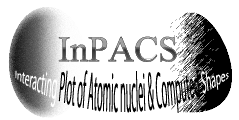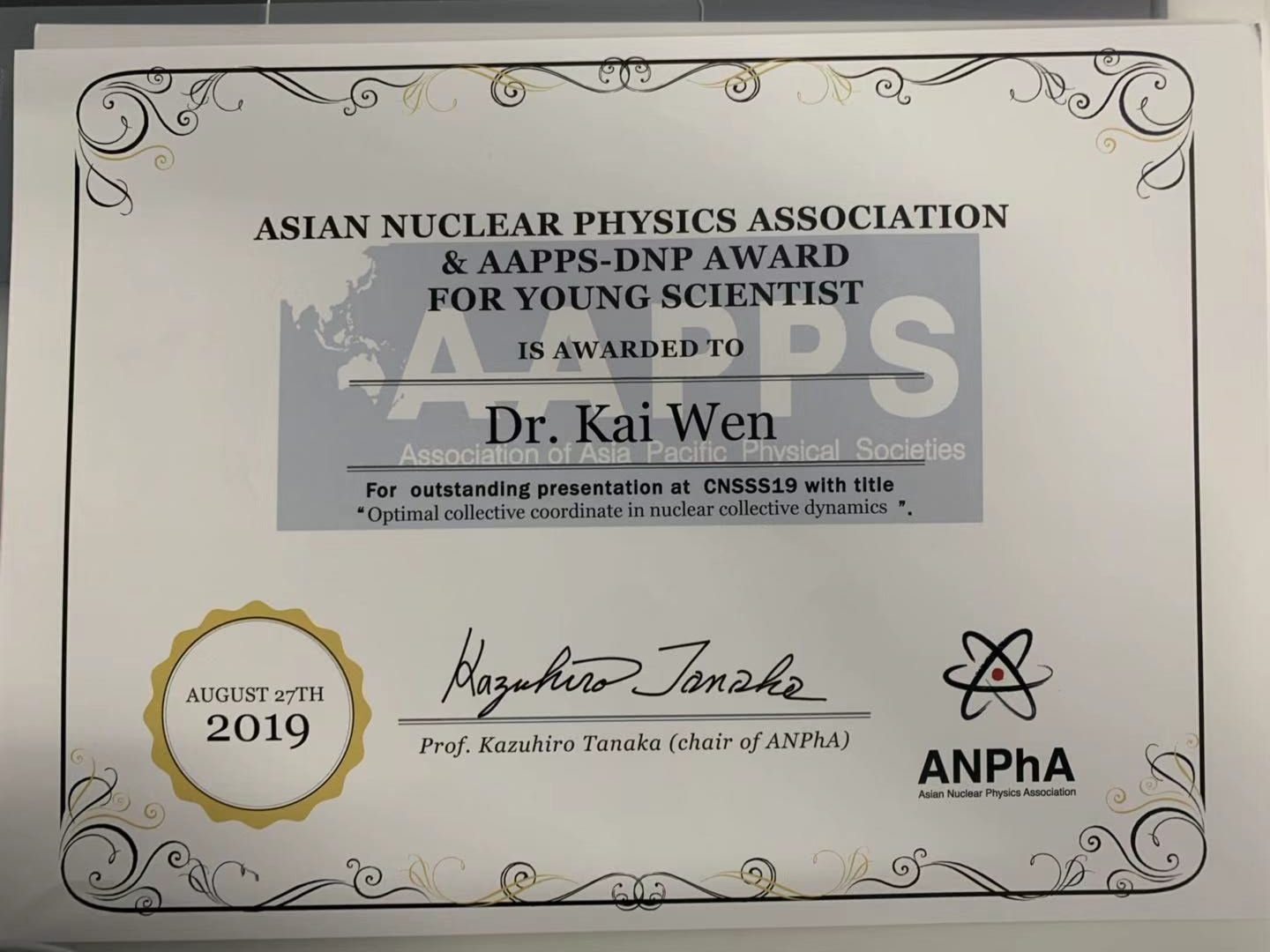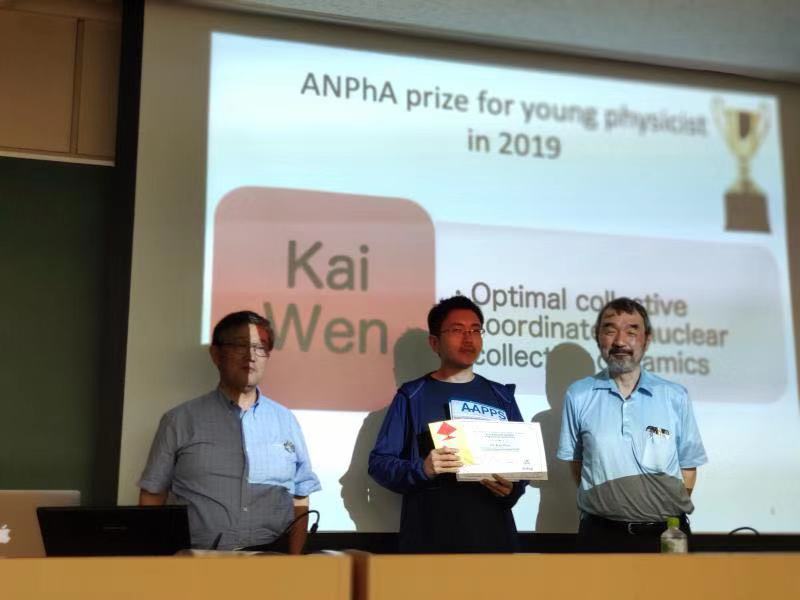セミナー(Seminar) 2019.12.13: Dr Shuichiro Ebata (Saitama)
2019年12月10日 | 新着情報
We have a seminar as follows:
Lecturer: Shuichiro EBATA (Saitama University)
Date: December 13 (Fri), 2019
Place: Meeting Room B in Center for Computational Sciences
Abstract: Nuclear fission and fusion are fundamental phenomena in nuclear physics, and so far, many studies have been actively carried out. With the developments of effective interaction and computational resources, it has become realistic to approach theses phenomena by the theoretical calculations. We have developed the method based on mean-field theories to describe fission and fusion. In this presentation, we will show the charge polarization of fission products deduced by the constraint Skyrme Hartree-Fock+BCS model represented in the three-dimensional Cartesian coordinates. And the procedure to describe the superheavy element synthesis using the canonical-basis time-dependent Hartree-Fock-Bogoliubov theory is introduced.



